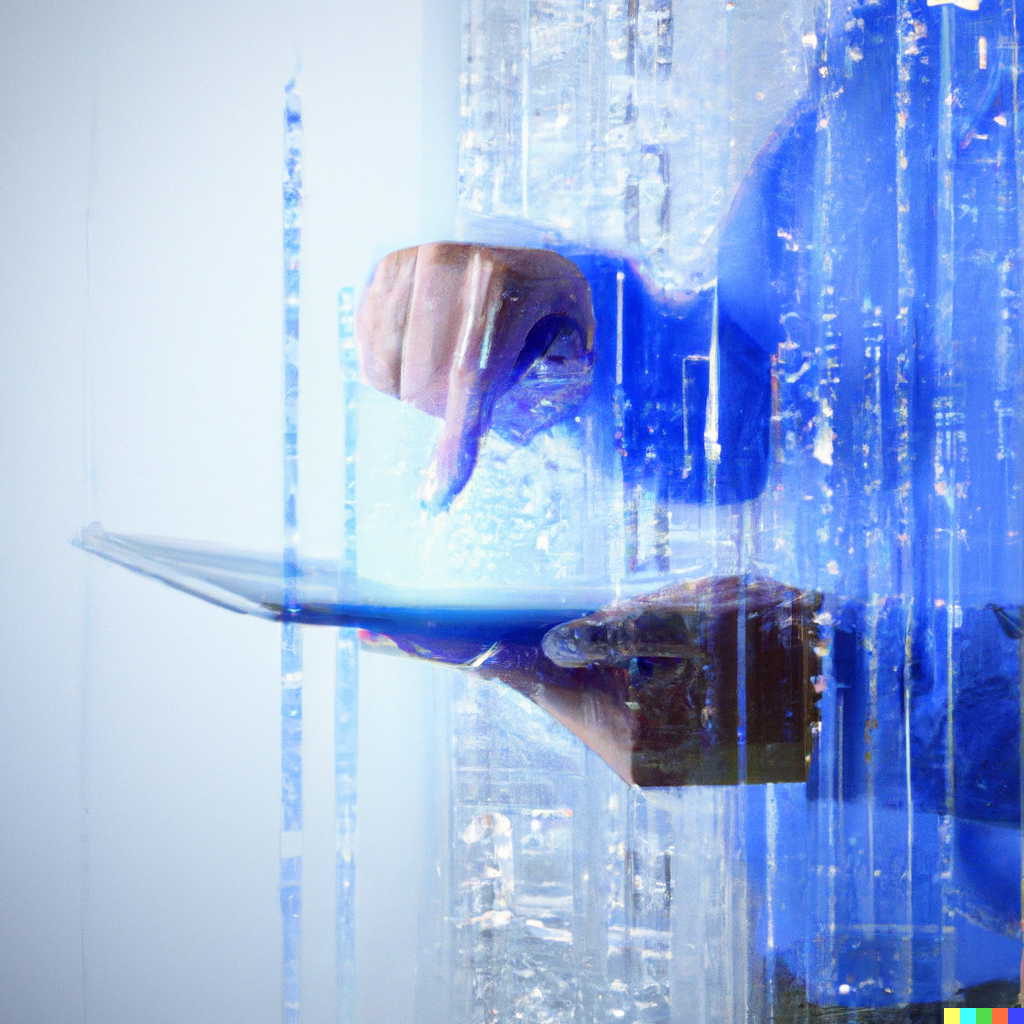February 21 | DesignTech

Design has always been a fundamental aspect of human civilization, shaping everything from architecture to fashion, industrial products to digital interfaces. With the rapid advancement of technology, the field of design is undergoing a transformative shift. Design Technology (DesignTech) is at the forefront of this change, integrating innovative tools, AI-driven solutions, and automation to enhance creativity, efficiency, and precision. This article explores how DesignTech is revolutionizing industries and what the future holds for designers.
From the days of hand-drawn blueprints to the digital revolution of Computer-Aided Design (CAD) software, design technology has constantly evolved to meet the growing demands of various industries. The latest advancements in AI, augmented reality (AR), virtual reality (VR), and cloud computing are further redefining how designers work.
With tools like BIM (Building Information Modeling) and 3D visualization, architects can create highly detailed and interactive models of buildings before construction even begins. AI can also analyze environmental factors to suggest energy-efficient designs.
3D garment simulation software such as CLO 3D and Browzwear allows designers to create digital prototypes, reducing fabric waste and streamlining production processes.
Generative design software enables engineers to create optimized product designs that use less material while maintaining structural integrity. Additive manufacturing (3D printing) is also revolutionizing prototyping and production.
With the rise of no-code and AI-assisted design platforms like Canva and Framer, UI/UX designers can quickly prototype and deploy digital experiences with minimal manual effort.
Game engines powered by AI, such as Unity and Unreal Engine, provide real-time rendering and physics simulations, enhancing game design and virtual experiences.
DesignTech is bridging the gap between creativity and technology, allowing designers to push the boundaries of innovation like never before. As AI, AR/VR, and automation continue to evolve, the future of design will be more immersive, collaborative, and efficient. Embracing DesignTech is no longer an option but a necessity for professionals and businesses that want to stay ahead in an ever-changing digital landscape.
SHARE THIS:
© Copyright 2025Global Tech AwardsAll Rights Reserved